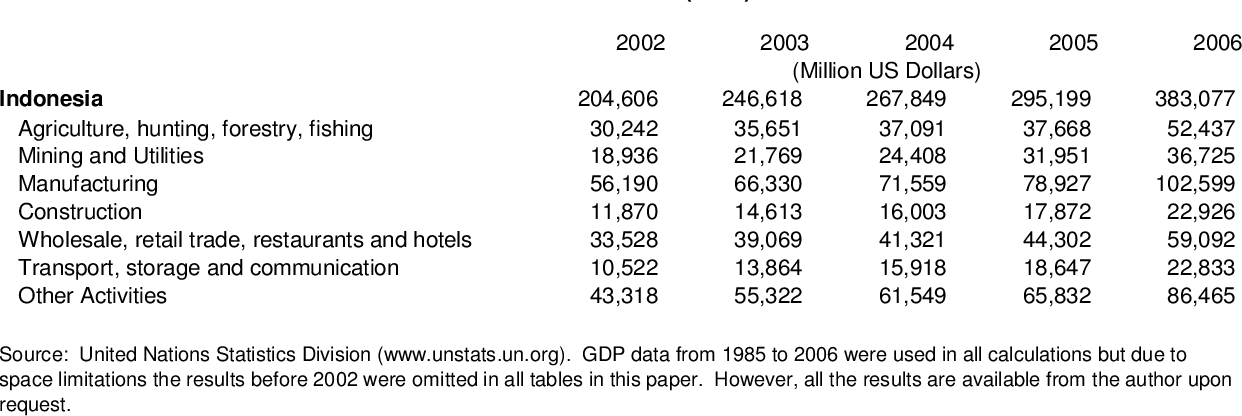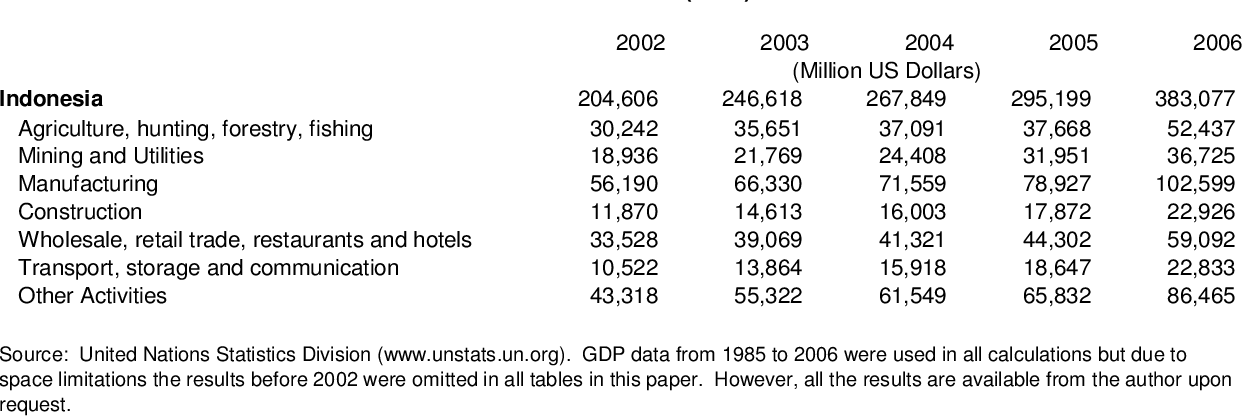Chained together price, a pricing strategy that links multiple products or services together, offers a unique approach to revenue generation. This comprehensive guide delves into the intricacies of chained together pricing, exploring its advantages, disadvantages, and practical applications across various industries.
Chained Together Pricing: Chained Together Price

Chained together pricing, also known as “combo pricing” or “bundled pricing,” is a marketing strategy where multiple products or services are sold together at a discounted price. This strategy aims to increase the perceived value of the offerings and encourage customers to purchase more than they initially intended.Chained together pricing is commonly used in various industries, including retail, hospitality, and telecommunications.
For instance, a retail store may offer a bundle deal on a shirt, pants, and shoes at a lower price than if each item were purchased separately. Similarly, a hotel may offer a package deal that includes accommodation, meals, and activities at a discounted rate.
In the telecommunications industry, service providers often bundle internet, phone, and television services together at a reduced price.
Methods for Chaining Together Prices
Chaining together prices is a technique used to combine prices from different periods to create a continuous price index. This is necessary because the prices of goods and services change over time, and a single price index cannot accurately reflect these changes over a long period.
There are several different methods for chaining together prices. The most common method is the Laspeyres index, which uses the prices of a fixed basket of goods and services to calculate the price index. The Paasche index is another common method, which uses the prices of a current basket of goods and services to calculate the price index.
Laspeyres Index
The Laspeyres index is a weighted average of the prices of a fixed basket of goods and services. The weights are the quantities of each good or service in the base period. The Laspeyres index is calculated as follows:
“`P_t = (Σp_t*q_0) / (Σp_0*q_0)“`
where:
* P_t is the price index for period t
- p_t is the price of good or service i in period t
- q_0 is the quantity of good or service i in the base period
Paasche Index
The Paasche index is a weighted average of the prices of a current basket of goods and services. The weights are the quantities of each good or service in the current period. The Paasche index is calculated as follows:
“`P_t = (Σp_t*q_t) / (Σp_0*q_t)“`
where:
* P_t is the price index for period t
- p_t is the price of good or service i in period t
- q_t is the quantity of good or service i in the current period
Fisher Index
The Fisher index is a geometric average of the Laspeyres and Paasche indices. The Fisher index is calculated as follows:
“`P_t = ((P_t^L
P_t^P) ^ 0.5)
“`
where:
* P_t is the Fisher price index for period t
- P_t^L is the Laspeyres price index for period t
- P_t^P is the Paasche price index for period t
Other Methods, Chained together price
There are several other methods for chaining together prices. These methods include the Tornqvist index, the Lowe index, and the Geary-Khamis index.
Advantages of Chained Together Pricing
Chained together pricing offers several advantages for businesses, including increased revenue, improved customer loyalty, and reduced costs.
One of the primary advantages of chained together pricing is its ability to increase revenue. By bundling products or services together and offering them at a discounted price, businesses can encourage customers to purchase more items than they would have if they were purchased separately.
This can lead to a significant increase in sales and revenue.
Improved Customer Loyalty
Chained together pricing can also help to improve customer loyalty. When customers feel like they are getting a good deal on a bundle of products or services, they are more likely to become repeat customers. This can lead to increased customer retention and loyalty, which can be a valuable asset for any business.
Reduced Costs
Chained together pricing can also help to reduce costs for businesses. By bundling products or services together, businesses can save money on packaging, shipping, and marketing. This can lead to a reduction in overall costs, which can be passed on to customers in the form of lower prices.
Disadvantages of Chained Together Pricing
Chained together pricing, while offering several advantages, also has certain disadvantages that businesses should consider before implementing this strategy. These disadvantages include:
Complexity and Confusion
Chained together pricing can be complex to implement and manage, especially for businesses with a wide range of products or services. The interdependencies between different pricing components can make it difficult to adjust prices or introduce new products without affecting the entire pricing structure.
This complexity can lead to confusion among customers and make it challenging for businesses to communicate their pricing clearly.
Chained Together Pricing in Practice
Chained together pricing is a pricing strategy that involves linking the prices of multiple products or services together. This strategy can be used to increase sales, boost profits, and improve customer loyalty. In practice, chained together pricing is often used in the following ways:
Subscription Services
Many subscription services use chained together pricing to encourage customers to sign up for longer terms. For example, a streaming service might offer a monthly subscription for $9.99, a quarterly subscription for $24.99, and an annual subscription for $99.99. The annual subscription is the most cost-effective option, but it requires customers to commit to a full year of service.
This type of pricing structure can help businesses to lock in recurring revenue and reduce churn.
Bundled Products
Chained together pricing can also be used to bundle products or services together. For example, a software company might offer a basic software package for $99, a professional package for $199, and an enterprise package for $499. The professional package includes all of the features of the basic package, plus some additional features.
The enterprise package includes all of the features of the professional package, plus some additional features and support. This type of pricing structure can help businesses to increase sales by offering customers a variety of options to choose from.
Tiered Pricing
Chained together pricing can also be used to create tiered pricing structures. For example, a gym might offer a basic membership for $10 per month, a premium membership for $20 per month, and a VIP membership for $30 per month.
The basic membership includes access to the gym’s facilities, the premium membership includes access to the gym’s facilities plus some additional amenities, and the VIP membership includes access to the gym’s facilities plus some additional amenities and services. This type of pricing structure can help businesses to target different customer segments and maximize revenue.
Industry-Specific Applications
Chained together pricing finds applications in various industries where it helps businesses optimize their pricing strategies and enhance customer value. The following are notable industries where chained together pricing is commonly used:
Retail and E-commerce
In the retail and e-commerce sectors, chained together pricing is employed to offer discounts or incentives for customers who purchase multiple items. For instance, a retailer might offer a 10% discount on the second item purchased and a 15% discount on the third item purchased, encouraging customers to add more items to their cart.
Travel and Hospitality
Within the travel and hospitality industry, chained together pricing is used to provide discounts on package deals. For example, a travel agency might offer a discount on a flight and hotel package, or a hotel might offer a discount on a room and dining package, making it more attractive for customers to book multiple services together.
Software and Technology
In the software and technology industry, chained together pricing is used to encourage customers to purchase multiple software products or services. For instance, a software company might offer a discount on a software suite that includes multiple applications, or a cloud computing provider might offer a discount on a bundle of services that includes storage, compute, and networking.
Manufacturing
Within the manufacturing industry, chained together pricing is used to provide discounts on bulk purchases or purchases of complementary products. For example, a manufacturer might offer a discount on a bulk order of raw materials or a discount on a combination of products that are used together, such as a printer and ink cartridges.
Ethical Considerations

Chained together pricing raises ethical concerns related to price transparency and consumer protection.
The lack of transparency in chained together pricing can make it difficult for consumers to understand the true cost of products and services. This can lead to consumers being overcharged or making purchasing decisions based on incomplete information.
Consumer Protection
Chained together pricing can also be seen as a form of price discrimination, where consumers are charged different prices for the same product or service based on their willingness to pay. This can be unfair to consumers who are less able to afford higher prices.
Final Thoughts
In conclusion, chained together pricing presents both opportunities and challenges for businesses. Understanding its nuances and potential impact is crucial for informed decision-making. By carefully considering the advantages and disadvantages, businesses can harness the power of chained together pricing to drive revenue growth and enhance customer value.
FAQ Section
What is the key benefit of chained together pricing?
Increased revenue potential by bundling complementary products or services.
Can chained together pricing lead to customer dissatisfaction?
Yes, if customers feel they are being forced to purchase unnecessary items.
In which industries is chained together pricing commonly used?
Retail, software, and telecommunications.

